6 BE QUICK OR BE DEAD
THE END OF THE ROAD, 1990–1993
“We’ll never cross over, we won’t make a nice little pop single, so all we can do is appeal to rock fans…. At the end of the day as long as we can play music and have fun we’ll keep going and then when the time comes to call it a day we want to go out gracefully.”
—Dave Murray, quoted by Phil Sutcliffe,
Q, January 1991
In 1990 Iron Maiden celebrated ten years of singles releases by issuing the appropriately, if unimaginatively, titled tenCD box set The First Ten Years. The new decade would also bring changes in the band’s ranks.
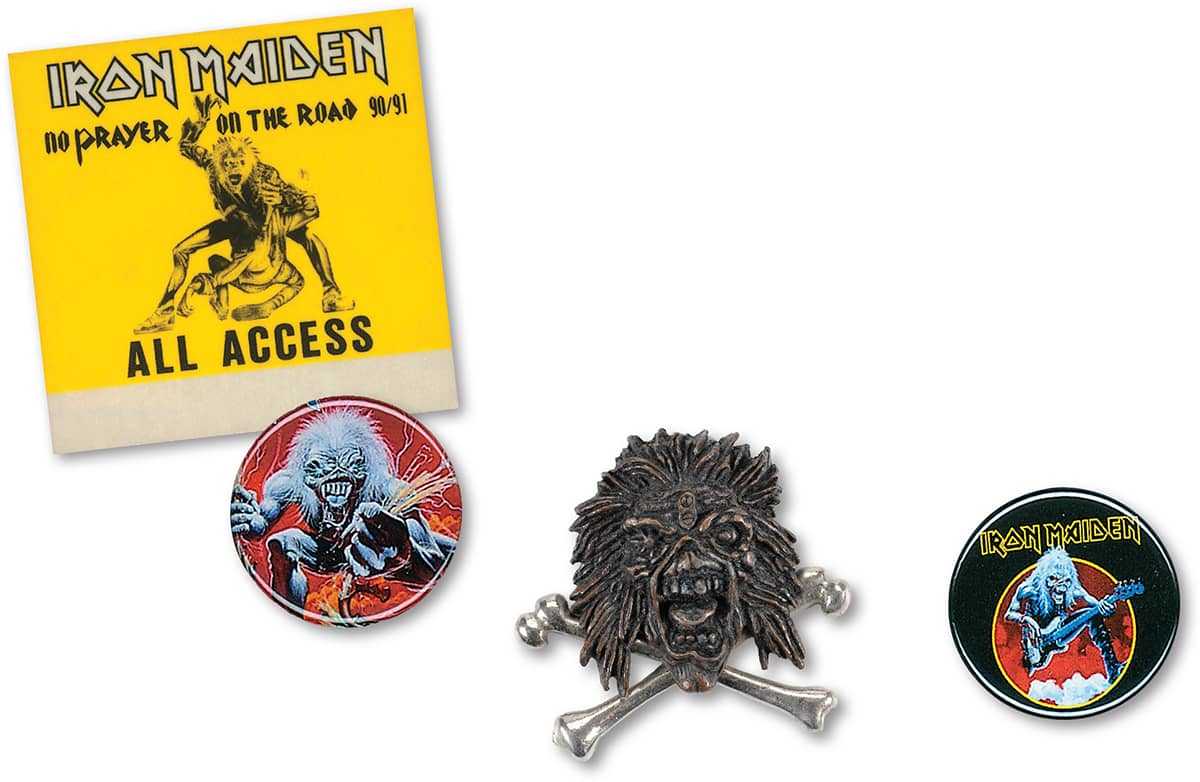
Again produced by Martin Birch, and released in October 1990, No Prayer for the Dying was the band’s first album recorded at Barnyard Studios in Essex. It was also the first album since 1983’s Piece of Mind to feature a line-up change. Saying he had grown bored and unenthused with Maiden and their progressive musical direction, Adrian Smith quit and was replaced by Janick Gers, the ex-Gillan guitarist who had appeared on Bruce Dickinson’s first solo release, issued earlier that year. Six years later, however, Dickinson offered a different take on Smith’s departure. “He wasn’t fired but he didn’t quit entirely willingly,” the singer told Matthias Reinholdsson and Henrik Johansson (bookofhours.net). “Adrian is a great guitarist. He sort of agreed to leave. It came to a big discussion one day before No Prayer for the Dying. And it started off with him suggesting that maybe we should write more than eight songs per album.”

Bruce Dickinson’s Real Live farewell tour, Wembley Arena, London, May 17, 1993. Ian Dickson/Redferns/Getty Images
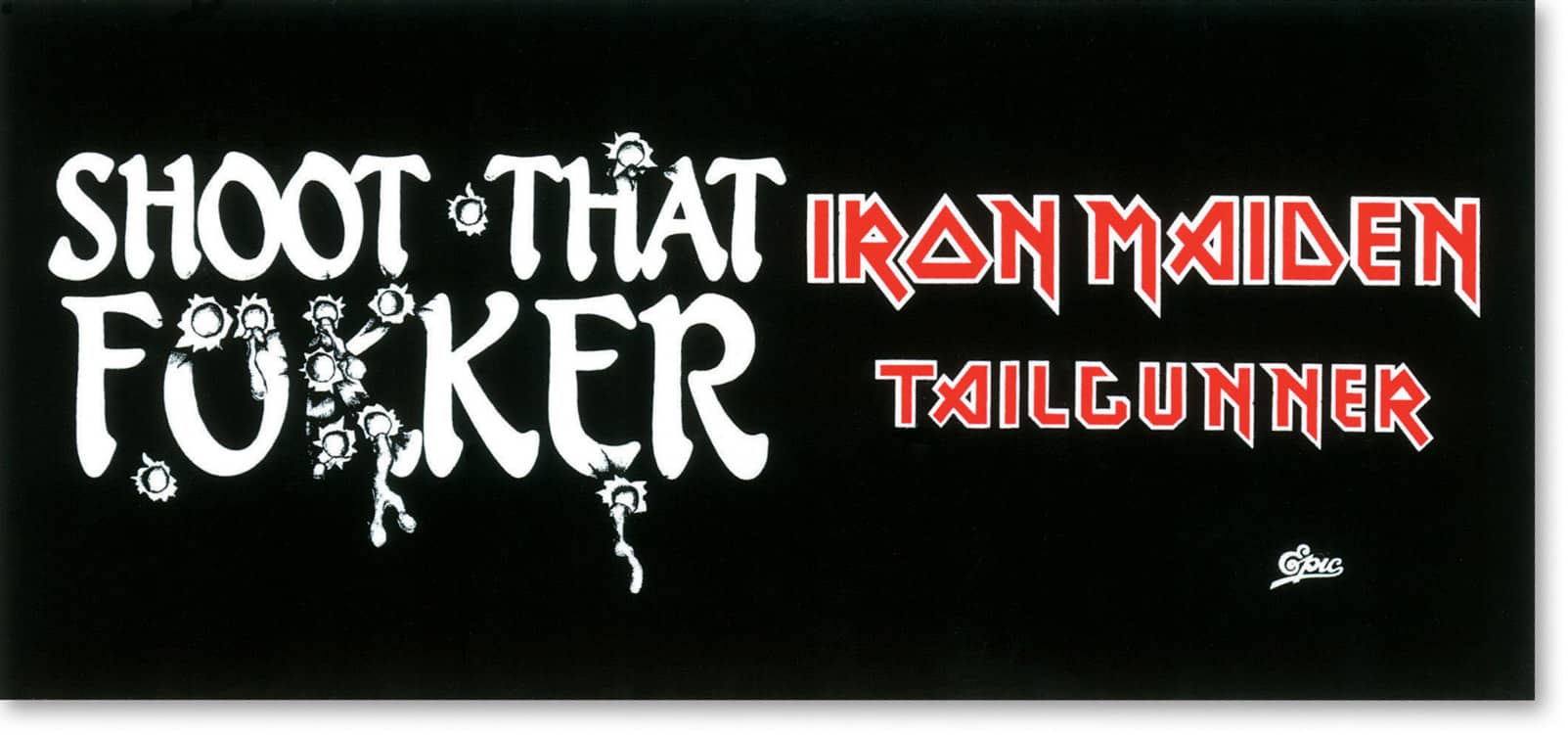
No Prayer for the Dying promo bumper sticker, 1990.
“Where we went from 1980 with the first album, I came in on the second album, from then, our feet never touched the ground…. It was touring and recording. I suppose I was a little bit burned out. I had no life outside the band. I needed to explore some other things, maybe do a few solo things.”
Not that fissures weren’t developing between other members. The band could credit much of its success up to that point on a strict work ethic largely put in place by band founder Steve Harris.
Again speaking to Reinholdsson and Johansson in 1996, Dickinson reflected, “Steve is not that flexible a personality, it’s just the way he is, you know. He knows pretty much what he wants and I think he tends to exclude a lot of options. He’s never taken a drug in his life, he doesn’t smoke, he never smoked dope, he’s never taken acid or anything that would alter his possibilities. He very rarely gets drunk, even, because he likes to stay in control and I think that’s the fundamental difference between me and him.”
No Prayer for the Dying represented yet another new sound for the band, which revisited their early influences like Deep Purple, Free, Led Zeppelin, and the Who for a raw, more direct hard rock approach with no synths or progressive elements.
As Janick Gers told Al the Metallian on Sonic Disaster Radio in 1992, “If you have that rock ’n’ roll feel in there, which developed on the No Prayer for the Dying album, and [Dickinson’s] singing—it became less operatic and more what I call rock ’n’ roll.”
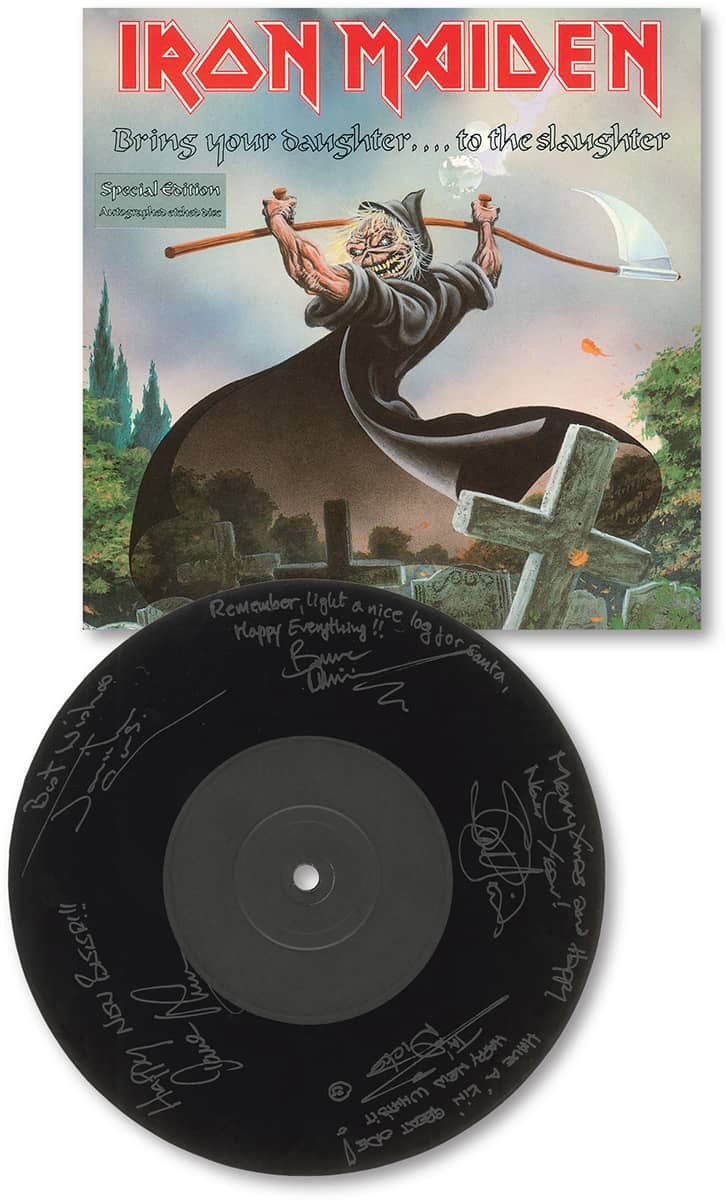
“Bring Your Daughter … to the Slaughter” (December 1990), special edition etched sleeve, U.K.
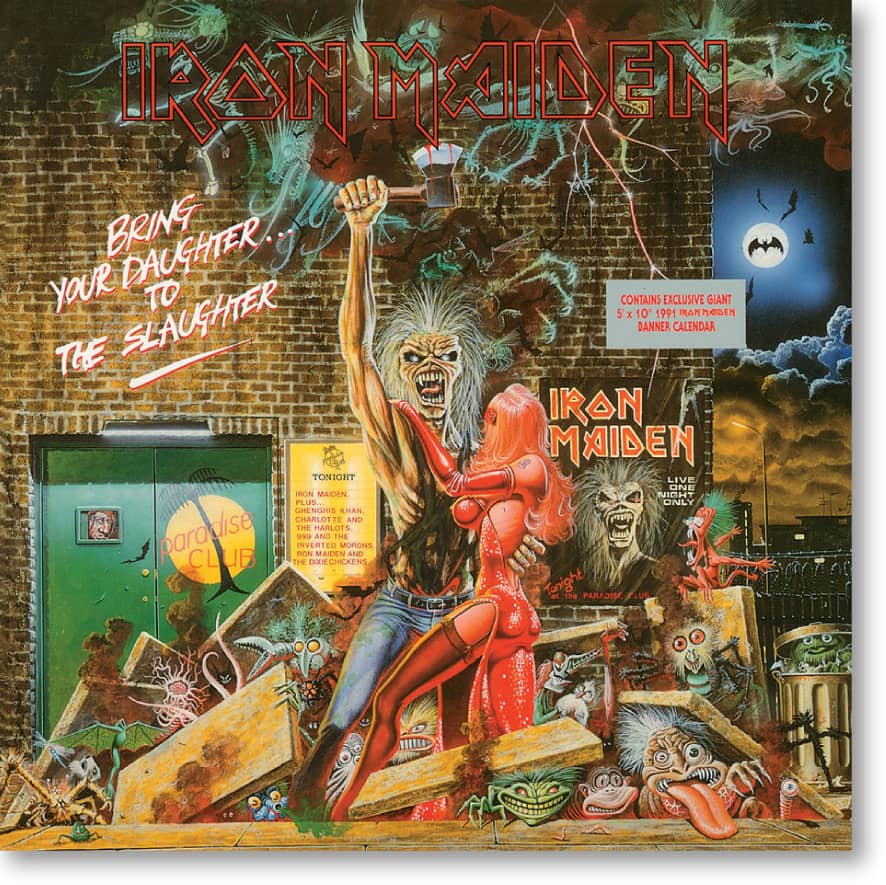
“Bring Your Daughter … to the Slaughter” (December 1990), 12-inch single, U.K.
Be that as it may, No Prayer was not too well received and was the lowest selling of the band’s albums with Dickinson. For many longstanding Maiden fans, No Prayer is considered one of the weakest Dickinson-fronted albums. In fact, the band has largely ignored the album since its release, though they regularly play the single “Bring Your Daughter … to the Slaughter,” which rose to No. 1 in the United Kingdom (the only Maiden single to do so) on the strength of its appearance on the soundtrack to A Nightmare on Elm Street 5: The Dream Child.
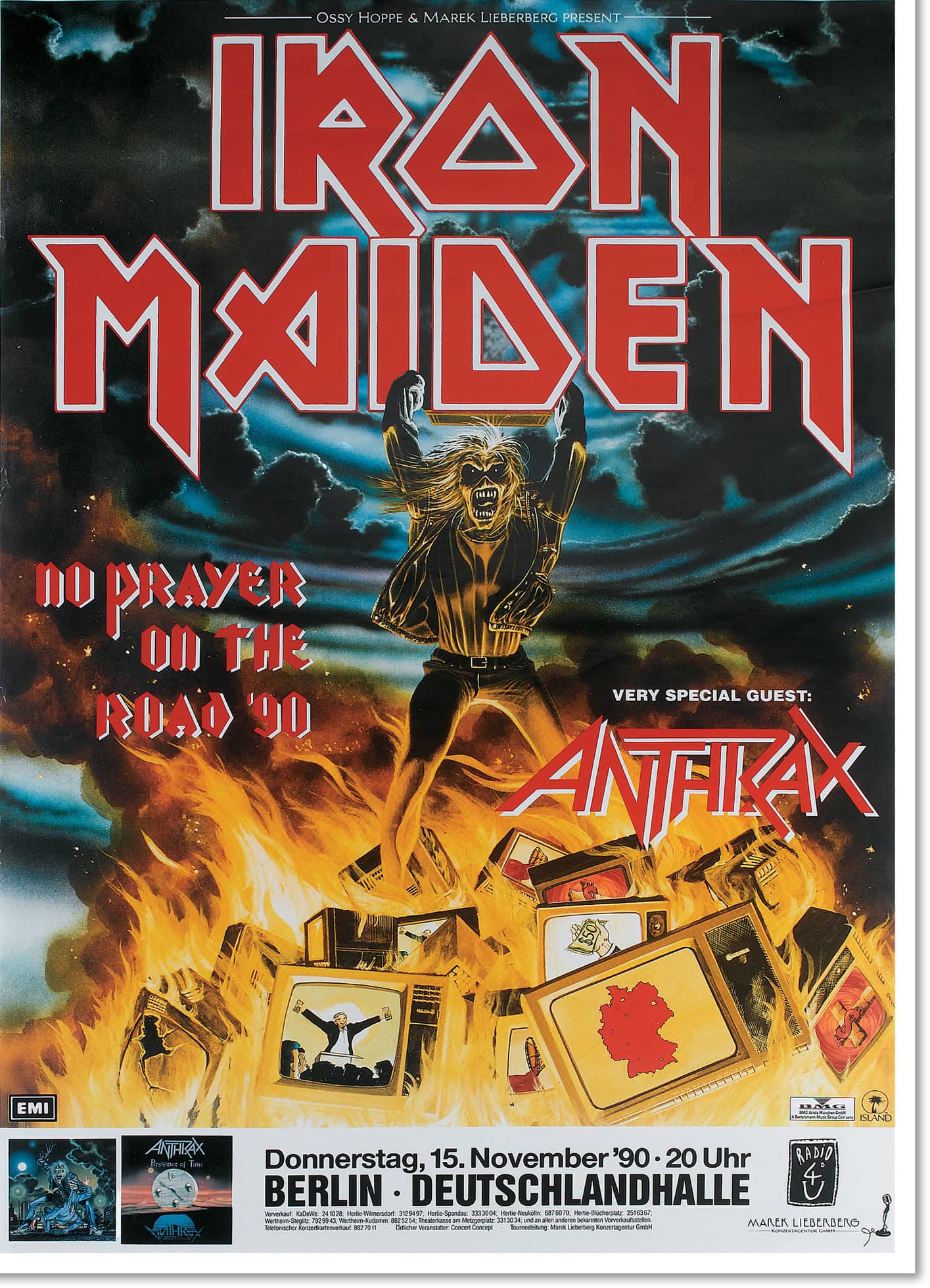
No Prayer on the Road tour, 1990.
In August 1990, the band launched the massive No Prayer on the Road tour, which commenced in August in England and came to an end in France during August of the following year. They continued to shame much younger metal bands when it came to live performances, rarely, if ever, putting in an off night.
Janick Gers had fit into the band rather well, and once the tour wound up he hit the studio for yet another new album. But was the band as a whole showing signs of fatigue?
In 1991, Dickinson embarked on a solo tour before the band began work on their next album, once again at Barnyard Studios. The resulting LP, Fear of the Dark, would be the last album produced by Martin Birch, who retired not long after its release. It was also notable as the first Iron Maiden album to feature cover art by someone other than Derek Riggs (instead, the job went to artist Melvyn Grant, although Maiden fans rarely mention Riggs in anything less than revered tones).
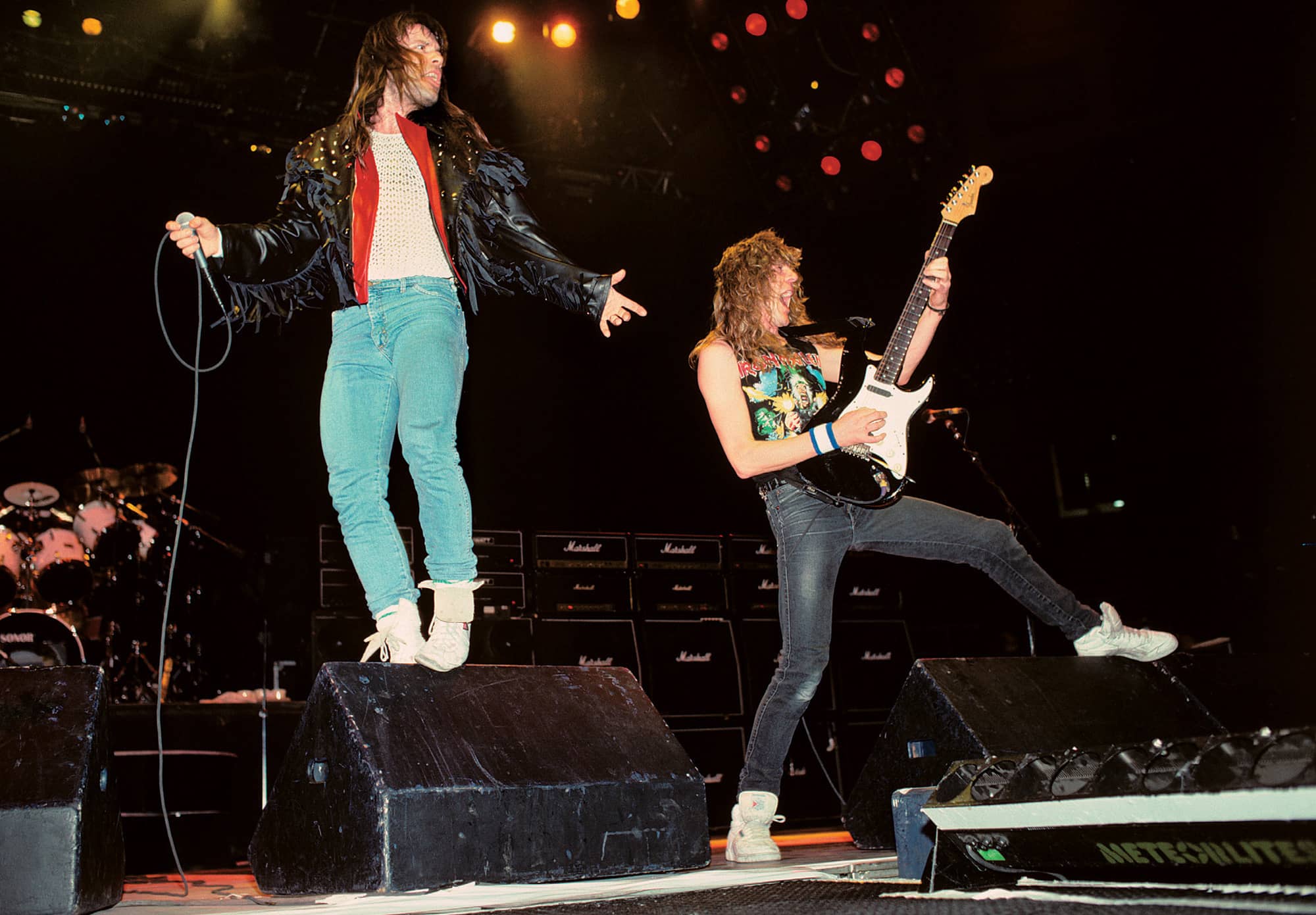
No Prayer on the Road tour, East Rutherford, New Jersey, January 21, 1991. Ebet Roberts/Redferns/Getty Images

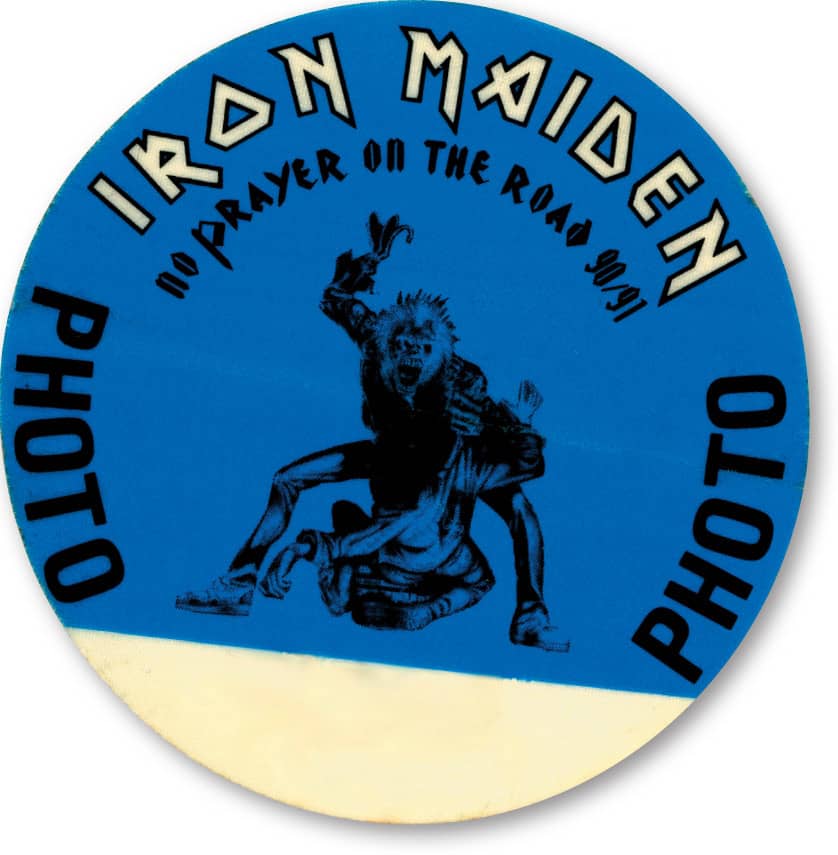
No Prayer on the Road tour, Long Beach, California, February 1991. Marty Temme/WireImage/Getty Images
In addition to songs like “Be Quick or Be Dead” and the power ballad “Wasting Love,” which represent a typically hard rock sound, Fear of the Dark also offered such tracks as “Afraid to Shoot Strangers,” which are more progressive in an old-school Iron Maiden fashion.
“The identity of Iron Maiden is still there,” Dave Murray explained at the time while speaking to Al the Metallian on Sonic Disaster Radio, “and if you put any track on you can tell it’s Iron Maiden. But ‘Fear of the Dark,’ the track itself, probably sums up everything Maiden is about and the whole album is about. For us, this album feels so fresh. It feels like it could be our first album. We are very excited about it.”
When Fear of the Dark was released in May 1992, it was attacked by some fans and rock scribes as inconsistent while the band was accused of sounding somewhat fatigued or even jaded. Were they simply going through the motions? After all, what was left to prove? It’s not uncommon for bands to continue well past their use-by date, while others take lengthy hiatuses and return with fresh material. Others simply call it a day. Regardless of what the critics said about Maiden’s new material, the band felt they still had much to say and prove.

“Be Quick or Be Dead” (April 1992).
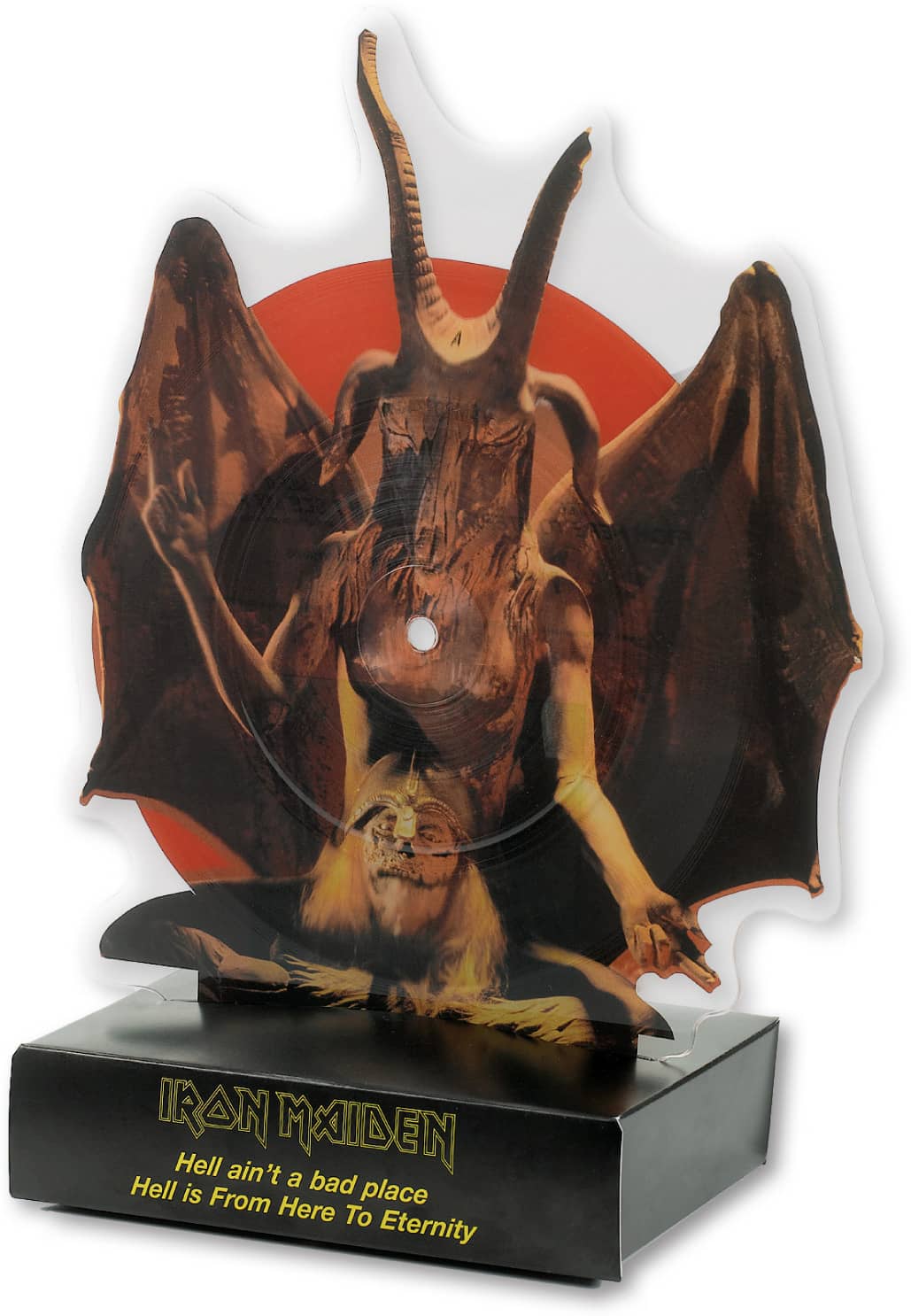
“From Here to Eternity” (June 1992), picture disc and plinth.
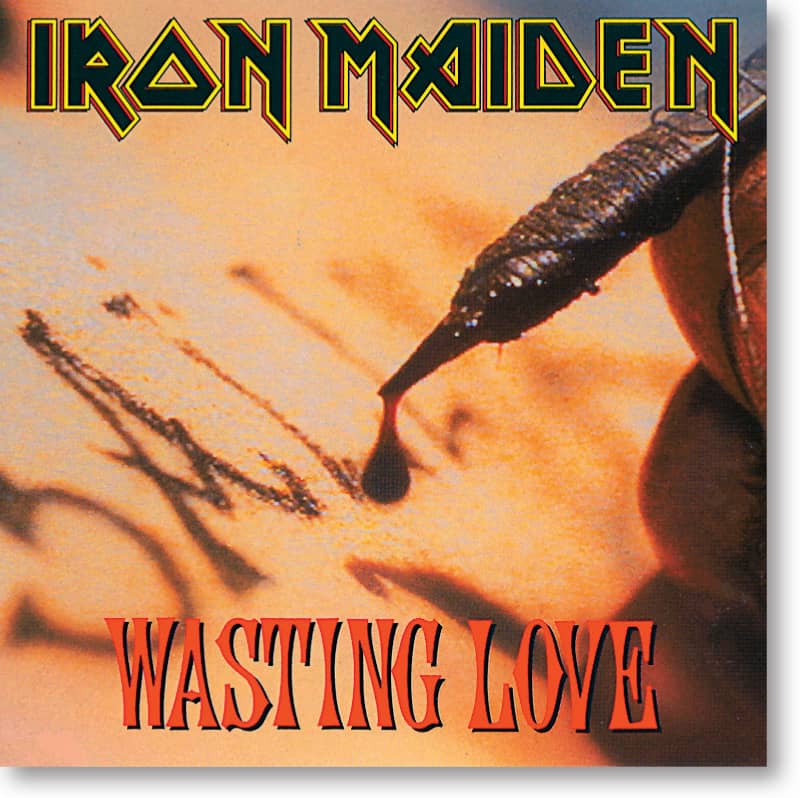
“Wasting Love” (September 1992).
Janick Gers defended the album. “The album is consistent in that it has twelve individual songs on it that complement each other,” he told Al the Metallian. “We don’t want to do twelve songs of the same speed and the same feel just to please the radio or please whomever. We are there to explore different avenues and write different songs. We have explored so many different avenues on this particular album and we are so proud of the songs on there. These are twelve really good tunes.”
The band launched a mammoth worldwide trek in support of the album beginning June 3, 1992, in Norwich, England, and ending in November in Tokyo. Supporting bands included the American thrash metal titans Anthrax, as well as Wolfsbane, The Almighty, and King’s X.
Not only had the band stripped down their sound for Fear of the Dark, but they also ditched their outdated spandex on tour in favour of T-shirts and jeans. The tour was more notable, though, for including their first tour of Latin America and a second performance at the Monsters of Rock festival at Donington (later released on CD).
Despite these milestones, Fear of the Dark and its supporting tour proved to be the end of an era for the band as Dickinson quit to pursue a solo career, following Rob Halford who had left Judas Priest to go solo.
Dickinson agreed to a farewell outing, the Real Live tour, which kicked off on March 25, 1993, in Portugal and finished in England in August. The final show featuring Dickinson, Harris, Murray, Gers, and McBrain was recorded at Pinewood Studios on August 28 and released on VHS under the moniker Raising Hell.
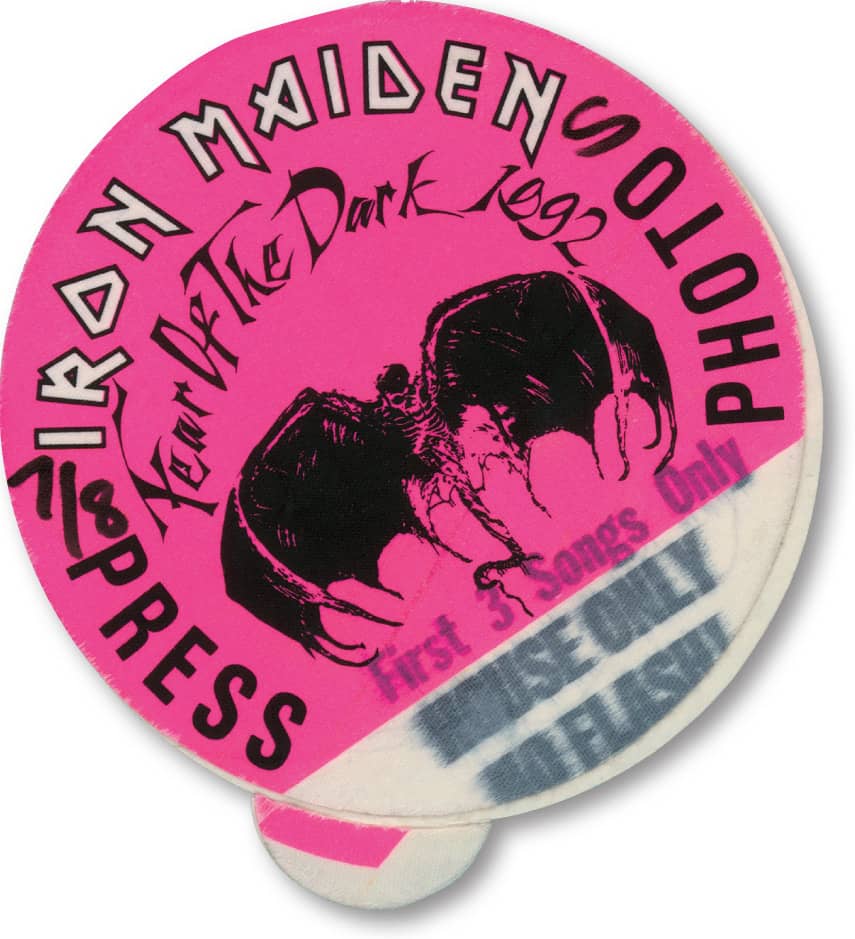
Dallas, Texas.
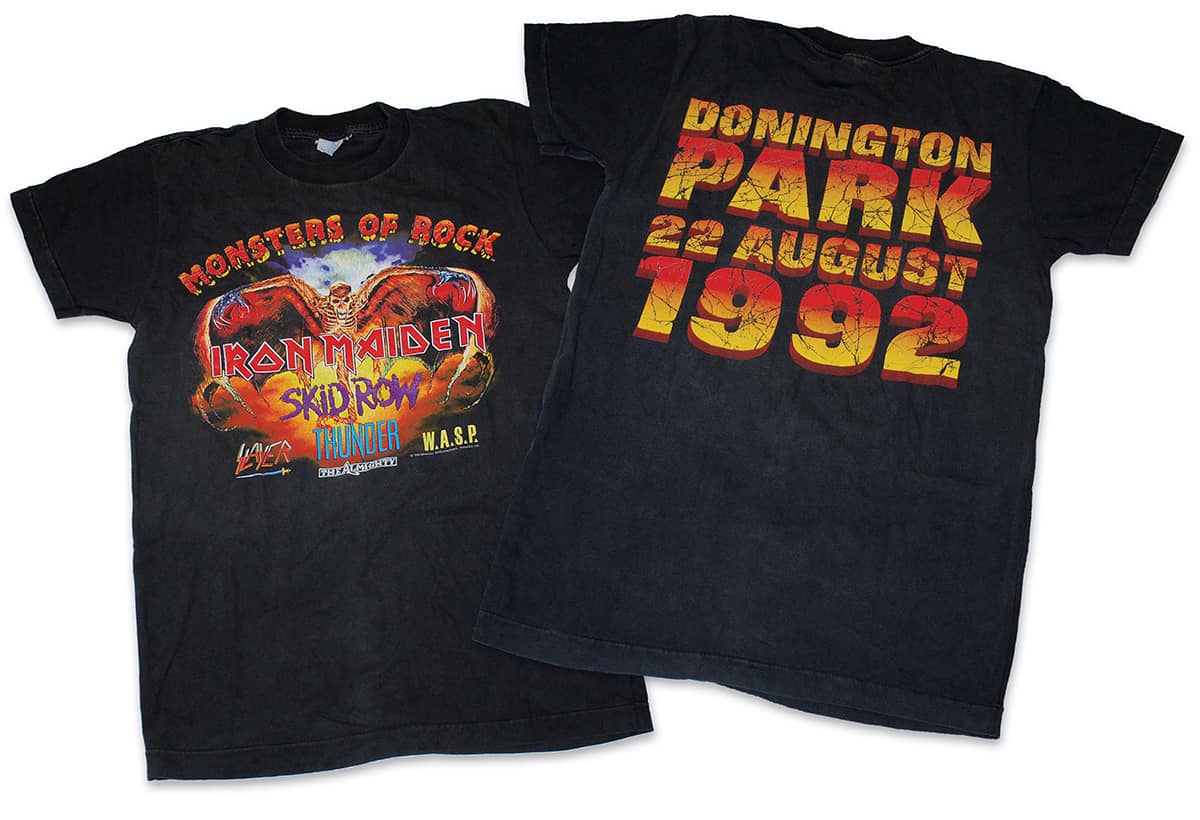
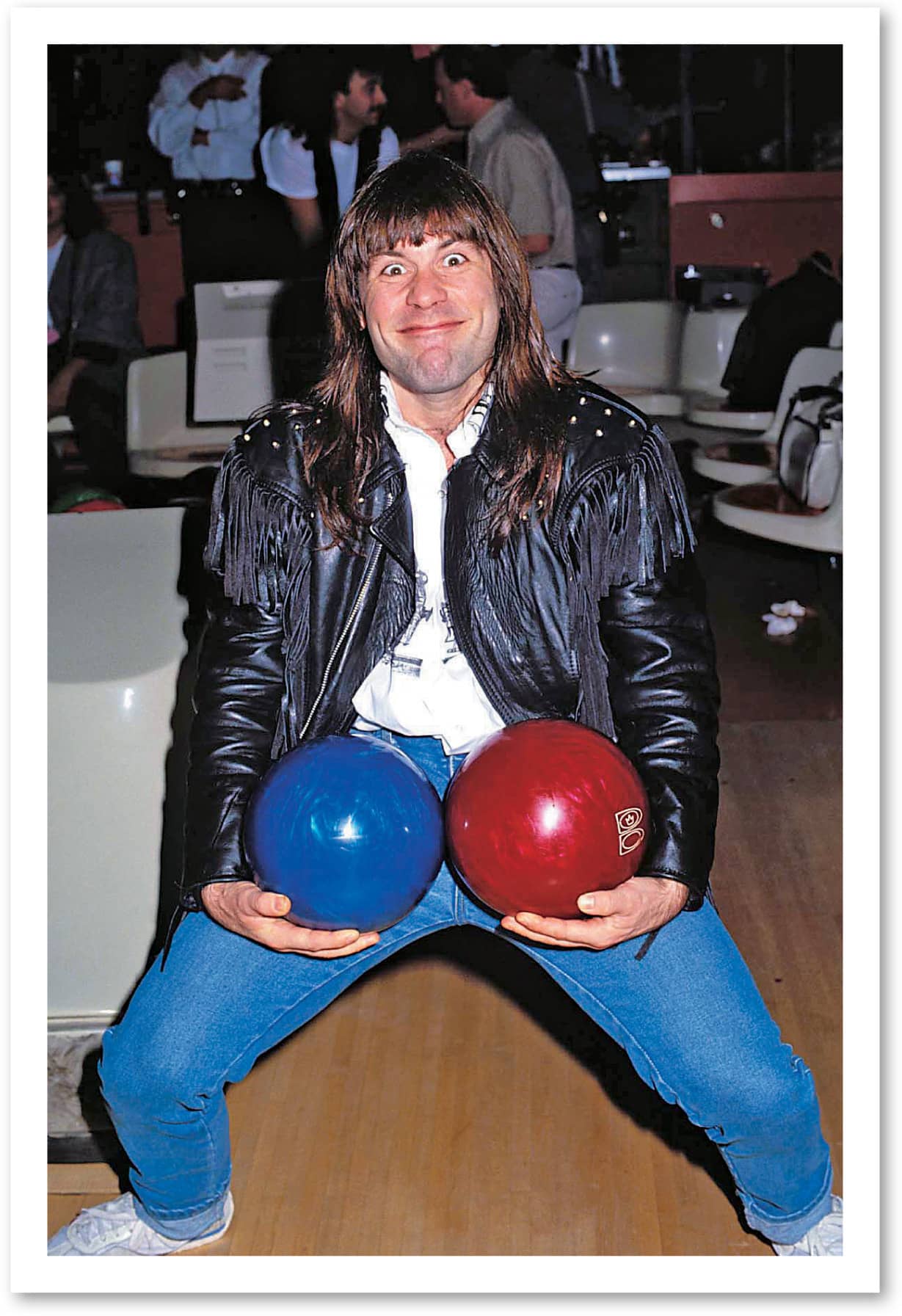
Fear of the Dark and its supporting tour proved to be the end of an era for the band as Dickinson quit to pursue a solo career. Jeff Kravitz/FilmMagic/Getty Images

In 1993, Bruce Dickinson agreed to a farewell outing, the Real Live tour, which kicked off on March 25 in Portugal and finished in London in August. The strip pasted at the bottom of the poster announces that this Berlin show was a rescheduled date.

Real Live tour, Wembley Arena, London, May 17, 1993. Mick Hutson/Redferns/Getty Images

Real Live tour, Wembley Arena, London, May 17, 1993. Mick Hutson/Redferns/Getty Images

“Hallowed Be Thy Name” (live) (October 1993).
Two live CDs featuring Dickinson were released after his departure: A Real Live One, which featured eleven songs recorded in 1992, and A Real Dead One, which included twelve songs recorded in 1992 and 1993. Both releases do a remarkable job of capturing the energy of an Iron Maiden concert. As a live band, they were unstoppable and put every effort into perfecting their live performances. Supporting Iron Maiden in concert was certainly a challenge for any band, regardless of experience.
But those live performances were in the past. Iron Maiden had lost yet another frontman and the search was on for a replacement, raising all sorts of questions. Could they recapture the energy and chemistry of their mid-’80s heyday? Who on earth could replace Bruce Dickinson? How would fans react to the replacement? Would the band simply hire a Dickinson clone or somebody entirely different? Only time would tell. 
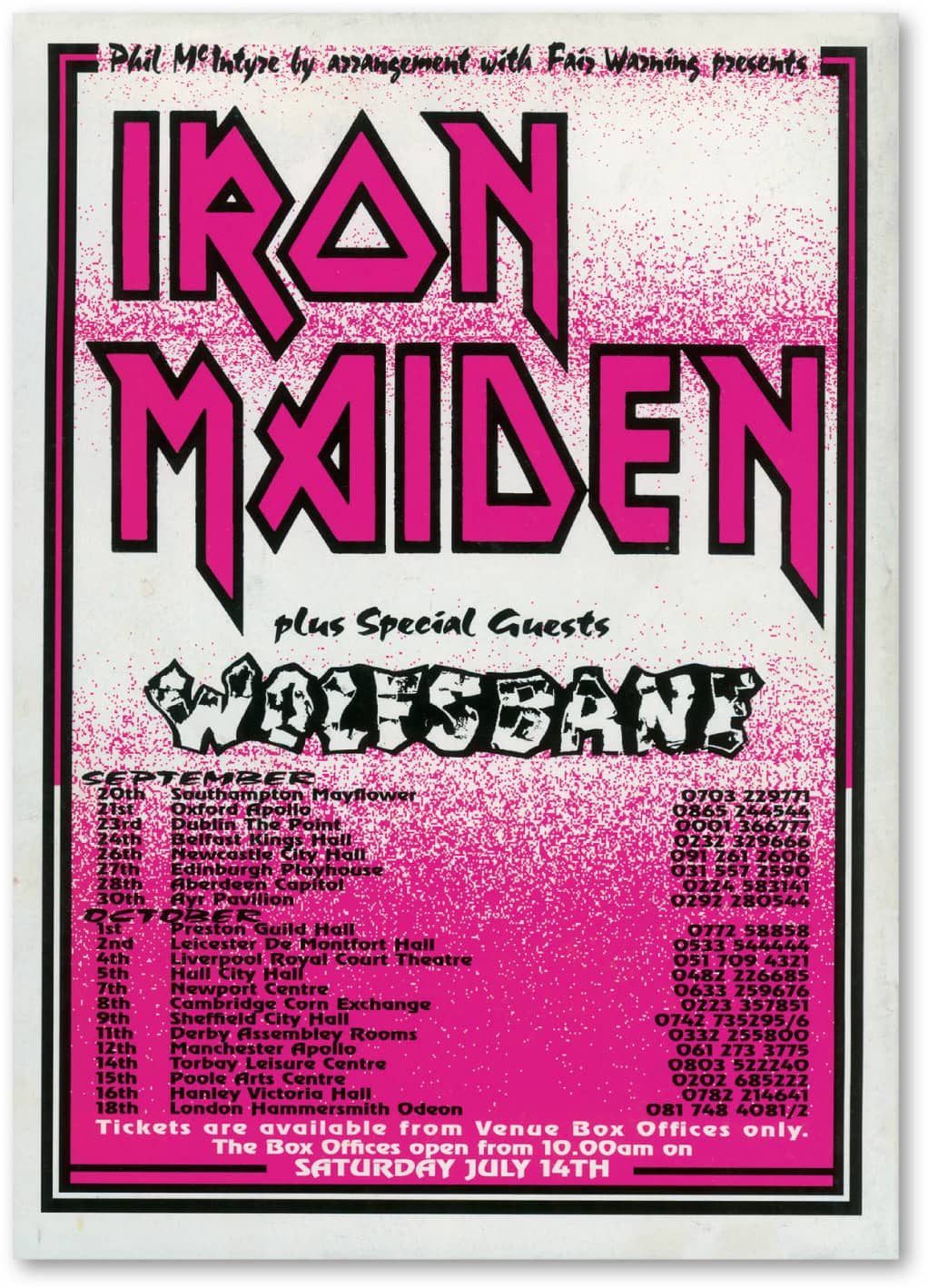
Advertisement for No Prayer on the Road U.K. dates. The lead singer in the opening act would take on a key role in Maiden a few years hence.

1990 By Ryan LaMar
06.28 |
London, GBR |
09.19 |
Milton Keynes, GBR |
09.20 |
Southampton, GBR |
09.21 |
Oxford, GBR |
09.23 |
Dublin, IRE |
09.24 |
Belfast, GBR |
09.26 |
Newcastle, GBR |
09.27 |
Edinburgh, GBR |
09.28 |
Aberdeen, GBR |
09.30 |
Ayr, GBR |
10.01 |
Preston, GBR |
10.02 |
Leicester, GBR |
10.04 |
Liverpool, GBR |
10.05 |
Hull, GBR |
10.07 |
Newport, GBR |
10.08 |
Cambridge, GBR |
10.09 |
Sheffield, GBR |
10.11 |
Derby, GBR |
10.12 |
Manchester, GBR |
10.14 |
Torbay, GBR |
10.15 |
Poole, GBR |
10.16 |
Hanley, GBR |
10.18 |
London, GBR |
10.21 |
Barcelona, ESP |
10.23 |
Cascais, POR |
10.25 |
Madrid, ESP |
10.27 |
San Sebastian, ESP |
10.29–30 |
Paris, FRA |
11.01 |
Brussels, BEL |
11.02–03 |
Leiden, NED |
11.05 |
Copenhagen, DEN |
11.08 |
Drammen, NOR |
11.09 |
Gothenburg, SWE |
11.10 |
Stockholm, SWE |
11.12 |
Helsinki, FIN |
11.15 |
Berlin, GER |
11.18 |
Milan, ITA |
11.19 |
Firenze, ITA |
11.20 |
Rome, ITA |
11.21 |
Treviso, ITA |
11.23 |
Saarbrucken, GER |
12.03 |
Munich, GER |
12.04 |
Stuttgart, GER |
12.05 |
Wurzburg, GER |
12.07 |
Bremen, GER |
12.08 |
Hannover, GER |
12.11 |
Edinburgh, GBR |
12.13 |
Whitley Bay, GBR |
12.14–15 |
Birmingham, GBR |
12.17–18 |
London, GBR |
12.20 |
Genk, BEL |
12.21 |
Dortmund, GER |
12.22 |
Frankfurt, GER |
1991
01.13 |
Halifax, CAN |
01.15 |
Montreal, CAN |
01.16 |
Quebec City, CAN |
01.18 |
Toronto, CAN |
01.19 |
Rochester, USA |
01.21 |
East Rutherford, USA |
01.22 |
Albany, USA |
01.23 |
Worcester, USA |
01.25 |
Providence, USA |
01.26 |
New Haven, USA |
01.28 |
Uniondale, USA |
01.29 |
Philadelphia, USA |
01.31 |
Pittsburgh, USA |
02.01 |
Fairfax, USA |
02.02 |
Charleston, USA |
02.04 |
Detroit, USA |
02.05 |
Cleveland, USA |
02.06 |
Cincinnati, USA |
02.15 |
Houston, USA |
02.16 |
Dallas, USA |
02.17 |
San Antonio, USA |
02.19 |
San Diego, USA |
02.20, 22 |
Long Beach, USA |
02.23 |
Phoenix, USA |
02.24 |
Albuquerque, USA |
02.25 |
Denver, USA |
02.27 |
Kansas City, USA |
02.28 |
Sioux Falls, USA |
03.01 |
Minneapolis, USA |
03.03 |
St. Louis, USA |
03.04 |
Chicago, USA |
03.06 |
Winnipeg, CAN |
03.07 |
Saskatoon, CAN |
03.08 |
Edmonton, USA |
03.10 |
Salem, USA |
03.11 |
Seattle, USA |
03.13 |
Sacramento, USA |
03.14 |
San Francisco, USA |
03.15 |
Bakersfield, USA |
03.17 |
Irvine, USA |
03.19 |
Salt Lake City, USA |
03.28–29 |
Tokyo, JPN |
04.01 |
Omiya, JPN |
04.02 |
Osaka, JPN |
04.03 |
Yokohama, JPN |
04.05 |
Tokyo, JPN |
06.29 |
Roskilde, DEN |
09.05 |
Bern, SUI (rescheduled from 11.17.90 and 11.24.90) |
09.06 |
Winterhur, SUI |
09.21 |
Bol d’Or, FRA |
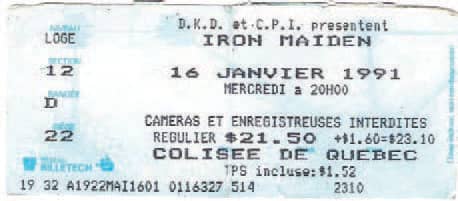
The following dates were announced in a print ad but were eventually superseded by more reliable sources:
02.02 |
Richmond, USA |
02.03 |
Charlotte, USA |
02.05 |
Johnson City, USA |
02.06 |
Atlanta, USA |
02.12 |
Chattanooga, USA |
02.14 |
Dayton, USA |
02.15 |
Louisville, USA |
02.17 |
Detroit, USA |
02.18 |
San Antonio, USA |
02.18 |
Toledo, USA |
02.19 |
Columbus, USA |
02.21 |
Cleveland, USA |
02.23 |
St. Louis, USA |
02.24 |
Chicago, USA |
02.25 |
Minneapolis, USA |
02.26 |
Sacramento, USA |
02.27 |
San Francisco, USA |
02.28 |
Reno, USA |
02.28 |
Tulsa, USA |
03.02 |
Albuquerque, USA |
03.02 |
Houston, USA |
03.03 |
Denver, USA |
03.03 |
San Antonio, USA |
03.05 |
Kansas City, USA |
03.05 |
Dallas, USA |
03.06 |
Odessa, USA |
03.07 |
El Paso, USA |
03.09 |
Phoenix, USA |
03.10 |
Albuquerque, USA |
03.11 |
Denver, USA |
03.13 |
Reno, USA |
03.15 |
Sacramento, USA |
03.17 |
Long Beach, USA |
03.18 |
Long Beach, USA |
03.19 |
Long Beach, USA |
03.22 |
Portland, USA |
03.23 |
Vancouver, USA |
03.25 |
Seattle, USA |
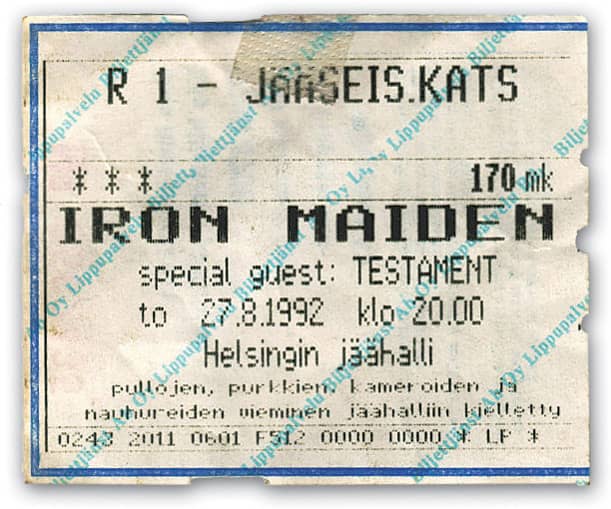
1992
06.02 |
Norwich, GBR |
06.05 |
Reykjavik, ISL |
06.08 |
New York City, USA |
06.11 |
Rochester, USA |
06.13 |
Quebec City, CAN |
06.14 |
Ottawa, CAN |
06.16 |
Montreal, CAN |
06.17 |
Toronto, CAN |
06.19 |
Cuyahoga Falls, USA |
06.20 |
Clarkston, USA |
06.21 |
Tinley Park, USA |
06.24 |
East Troy, USA |
06.25 |
St. Paul, USA |
06.27 |
Denver, USA |
06.28 |
Salt Lake City, USA |
06.30 |
Sacramento, USA |
07.01 |
San Francisco, USA |
07.02 |
Irvine, USA |
07.05 |
Phoenix, USA |
07.07 |
San Antonio, USA |
07.08 |
Dallas, USA |
07.09 |
Kansas City, USA |
07.11 |
Atlanta, USA |
07.12 |
Charlotte, USA |
07.14 |
St. Louis, USA |
07.15 |
Nashville, USA |
07.17 |
Miami, USA |
07.25 |
Buenos Aires, ARG |
07.28 |
Montevideo, URU |
07.31 |
Rio de Janeiro, BRA |
08.01 |
Sao Paulo, BRA |
08.04 |
Porto Alegre, BRA |
08.15 |
Mannheim, GER |
08.17 |
Brussels, BEL |
08.22 |
Donington, GBR |
08.25 |
Copenhagen, DEN |
08.27 |
Helsinki, FIN |
08.29 |
Stockholm, SWE |
08.31 |
Oslo, NOR |
09.02 |
Den Bosch, NED |
09.04 |
Lausanne, SUI |
09.05 |
Paris, FRA |
09.07 |
Mulhouse, FRA |
09.08 |
Annecy, FRA |
09.10 |
Beziers, FRA |
09.12 |
Reggio Emilia, ITA |
09.14 |
Barcelona, ESP |
09.17 |
San Sebastian, ESP (rescheduled from 09.15 and 09.19) |
09.18 |
Madrid, ESP |
09.19 |
Zaragoza, ESP (rescheduled from 09.16) |
09.26 |
San Juan, PUR |
10.01–02 |
Mexico City, MEX (rescheduled from 09.24–25) |
10.04 |
Guadalajara, MEX (rescheduled from 09.26) |
10.09 |
Caracas, VEN |
10.10 |
Caracas, VEN |
10.20 |
Auckland, NZL |
10.22 |
Melbourne, AUS |
10.23 |
Sydney, AUS |
10.26 |
Nagoya, JPN |
10.28 |
Fukuoka, JPN |
10.30 |
Hiroshima, JPN |
11.01–02 |
Osaka, JPN |
11.03 |
Yokohama, JPN |
11.04 |
Tokyo, JPN |
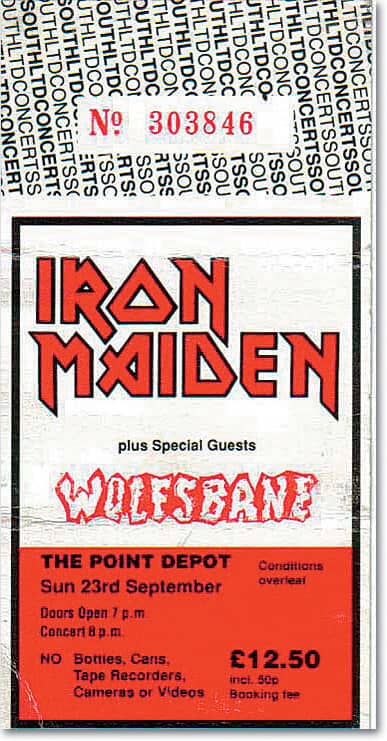
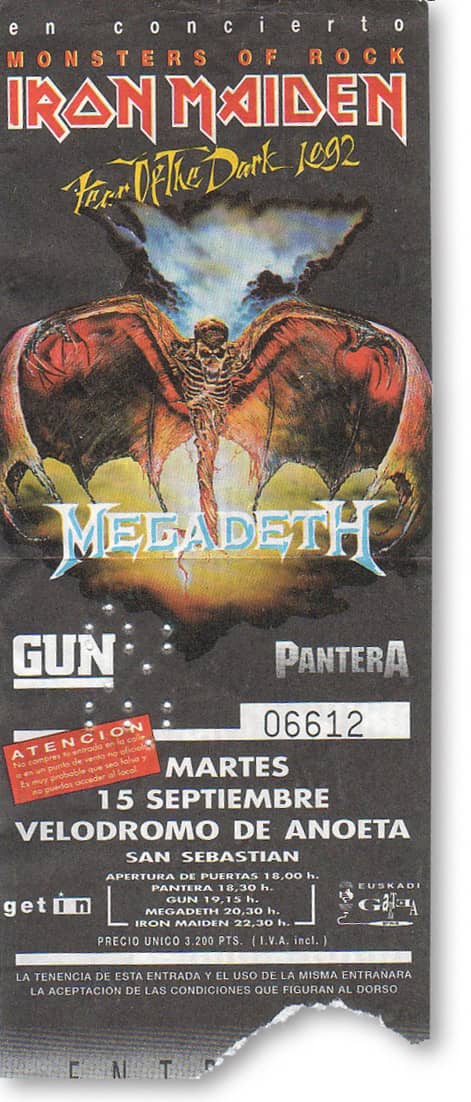
Notes: A tour itinerary in fan club magazine No. 31 suggests a November 6, 1990, date in Copenhagen was cancelled.
Per Paul Davies, the June 28, 1990, show was not a Maiden gig but a Bruce solo gig in which Nicko, Dave, and Steve joined onstage with Bruce and Janick to play “The Trooper.” Technically, it’s a Maiden performance.
November 30 and December 1, 1990, dates in Turin and Udine, Italy, sometimes turn up, though the Italian promoter indicates they never occurred. Also, it is common knowledge that the band cancelled dates between Saarbrucken on November 23 and Munich on December 3 due to Bruce’s illness. According to fan club magazine No. 31, the band was scheduled to play Toulouse, France, on November 28. An ad in Metal Hammer indicated forthcoming shows in Paris (October 29–30), Grenoble (November 25), Toulouse (November 28), and Marseille (November 29). Ticket stub evidence indicates the November 28 date was actually rescheduled from the 26th.
The scheduling for the American leg of the No Prayer tour in 1991 was a nightmare. So many different tour schedules were published by the band and media that the only way to verify the dates and locations is by individual artifacts, such as tickets, flyers, local newspaper tour listings, and periodical reviews of shows already played. The chaos of the scheduling was so bad that fan club president Keith Wilfort addressed the problem in fan club magazine No. 33.
We do know, however, that various newspapers reported the cancellation of the following 1991 shows: February 8–10 in Miami, Orlando, and Tampa, Florida, and February 13 in Atlanta, Georgia. The St. Petersburg Times reported Bruce had contracted bronchitis.
The Chilean government cancelled a July 21, 1992, show in Santiago due to “religious pressure.”
Unreliable sources report a September 17, 1992, date in Caceras, Spain, which conflicts with the San Sebastian date.
1993
03.25 |
Faro, POR |
03.27 |
Madrid, ESP |
03.28 |
San Sebastian, ESP |
03.29 |
Barcelona, ESP |
04.05 |
Ostrava, CZE |
04.06 |
Bratislava, SVK |
04.07 |
Vienna, AUT |
04.09 |
Arnhem, NED |
04.10 |
Paris, FRA |
04.11 |
Berlin, GER (rescheduled from 03.30) |
04.13 |
Wurzburg, GER |
04.15 |
Hannover, GER |
04.16 |
Bremen, GER |
04.17 |
Essen, GER |
04.19 |
Stuttgart, GER |
04.20 |
Augsburg, GER |
04.23 |
Gothenburg, SWE |
04.25 |
Bourges, FRA |
04.27 |
Saarbrucken, GER |
04.21 |
Turin, ITA |
04.28 |
Maiano, ITA |
04.29 |
Firenze, ITA |
04.30–31 |
Rome, ITA |
05.02 |
Priolo, ITA |
05.05 |
Naples, ITA |
05.06 |
Bologna, ITA |
05.08 |
Genova, ITA |
05.09 |
Milan, ITA |
05.11 |
Toulon, FRA |
05.13 |
Grenoble, FRA |
05.14 |
Nancy, FRA |
05.16 |
Sheffield, GBR |
05.17 |
London, GBR |
05.19 |
Manchester, GBR |
05.20 |
Birmingham, GBR |
05.21 |
Glasgow, GBR |
05.23 |
Dublin, IRE |
05.24 |
Belfast, GBR |
05.27 |
Neuchatel, SUI |
06.02–04 |
Moscow, RUS (rescheduled from 04.02–04) |
08.27–28 |
London, GBR |

Note: the band cancelled a May 3 show at Reggio di Calabria, Italy, due to security concerns.